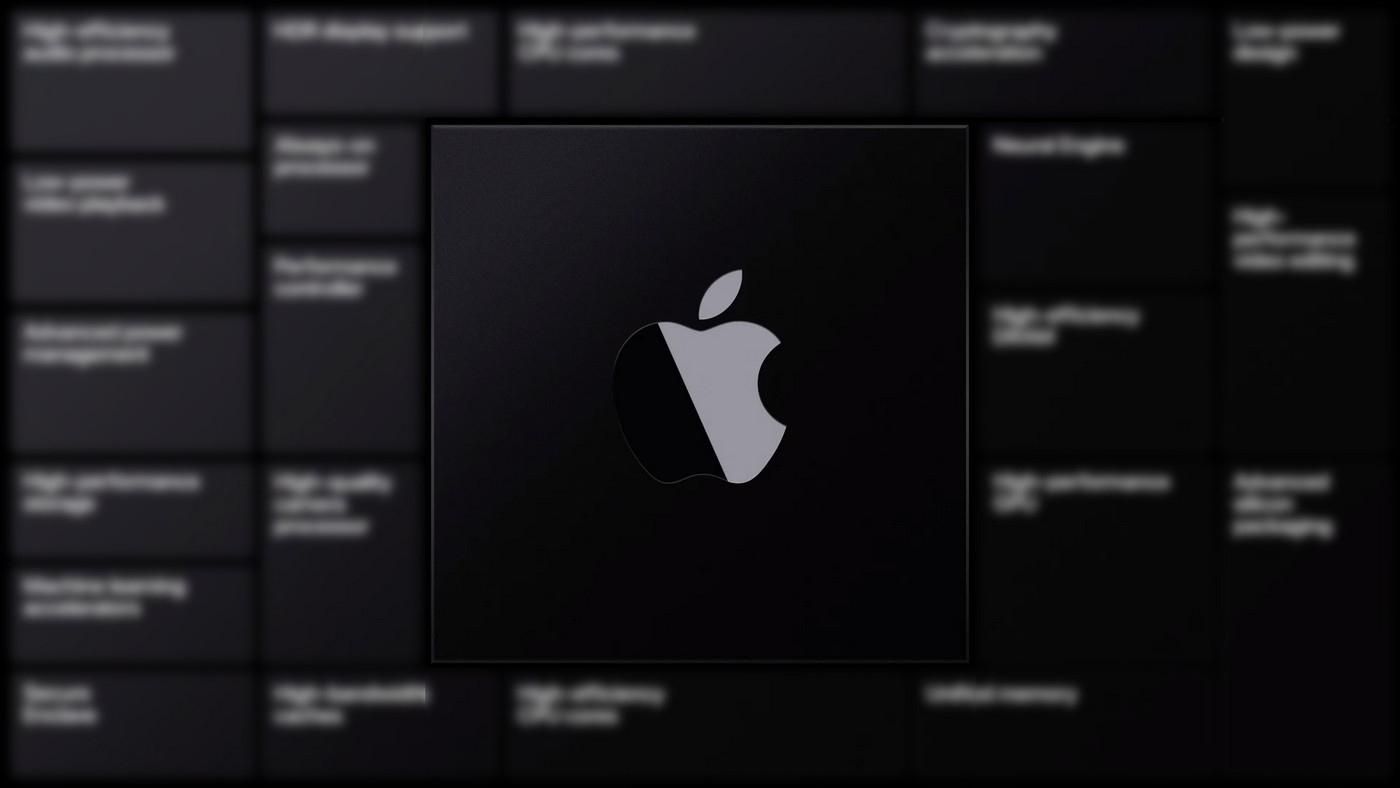Apple’s “One More Thing” virtual event is just a day away, and it is going to be a big one. While this is the last major Apple event of the year, it promises the biggest shift Apple has made in recent years and will have a far-reaching impact on the company’s product approach going forward. We’re talking about the switch to in-house Apple silicon for its Mac hardware. Apple already gave us a glimpse of how Macs powered by its in-house silicon will handle things and the kind of performance we can expect. While Apple has been characteristically secretive about its hardware plans, some juicy information from reliable sources has already surfaced online. So, here’s everything we can expect from Apple’s One More Thing event:
Back in June, Apple announced that the transition from Intel to Apple Silicon will take at least a couple of years to complete, but the first Mac hardware with in-house processor will be showcased later this year. Making good on its promise, we have a November 10 event lined up for exciting new hardware announcements. As per a Bloomberg report, the company currently has a total of three MacBook models based on Apple silicon in the pipeline, all three of which have been allegedly been spotted in the code of macOS Big Sur.
Apple’s vision for its custom Mac silicon
A new 13-inch MacBook Air and MacBook Pro with Apple silicon
The company adds that the first wave of Mac hardware with Apple silicon will include a new 13-inch MacBook Air, a 13-inch MacBook Pro, and a 16-inch MacBook Pro. Apple and its overseas supply partners are reportedly switching into the top gear when it comes to the production of these three upcoming MacBooks. However, the smaller 13-inch MacBook Air and MacBook Pro are reportedly ahead in production, and these two are reportedly going to be showcased at Apple’s online event tomorrow.
But just in case you are expecting a major MacBook overhaul, there is some disappointing news. The upcoming MacBook Air and Pro models powered by Apple silicon will follow the same design language as their existing Intel-powered siblings. The only change will be the new processor and the GPU as well.
Talking about the Apple Silicon though, it will reportedly be based on the new A14 Bionic chip that you will also find inside the iPhone 12 series. And if the performance showcased by Apple on an A12Z-powered Mac in June is anything to go by, the new MacBooks will be powerful enough to easily handle demanding video editing and rendering software.
Another huge deal is a shared app ecosystem. Apple has already announced that Macs powered by Apple silicon will be able to natively run iPad and iPhone apps, something that is facilitated by the common 64-bit architecture used by the chips powering the upcoming Macs as well as the iPhones and iPads. Back in June, Apple also announced tools that will make it easier for developers to transition their apps from mobile to Mac platform without having to redesign or code them from scratch.
In addition to new MacBooks powered by Apple silicon, the company is reportedly working on a redesigned 24-inch iMac as well as updated Mac Pro and Mac Mini too. However, it is unclear when they will debut and how many of them will stick to Intel processors or if they will make the switch to Apple silicon at a pace faster than earlier anticipated.
Whatever be the case, Apple’s upcoming Mac event is going to change the Mac line forever, but only time will tell if it was yet another Apple masterstroke that will add more billions to its coffers, or if it was just an expensive failure.



